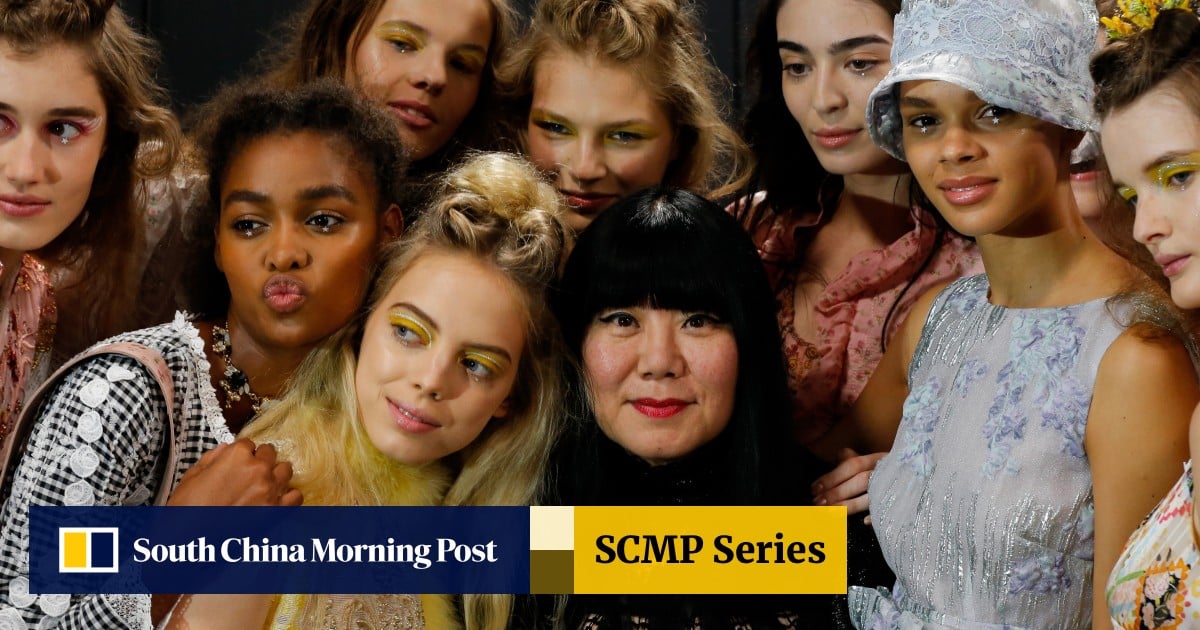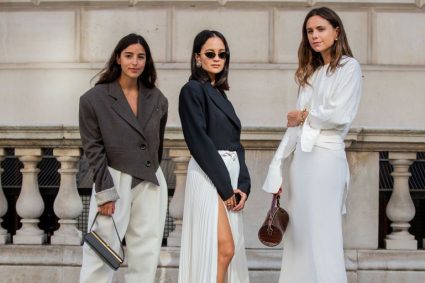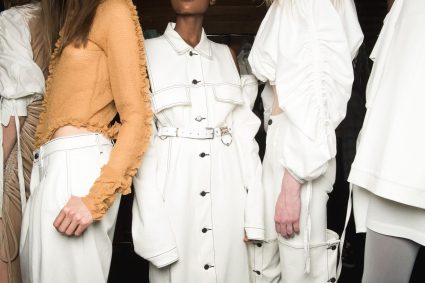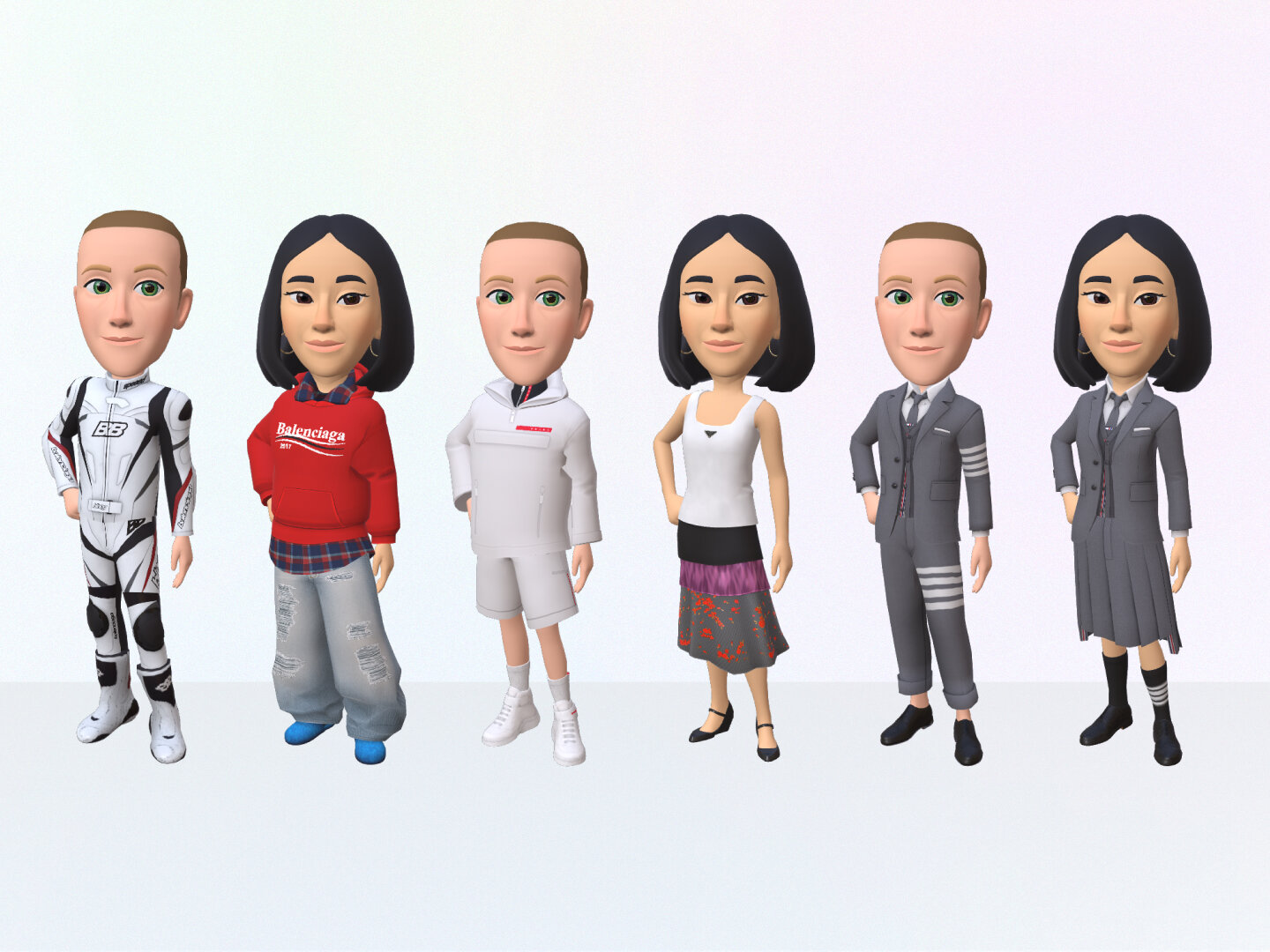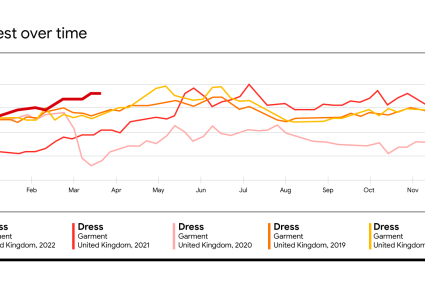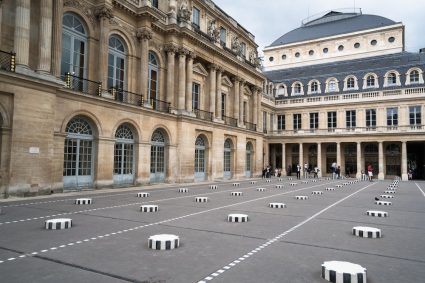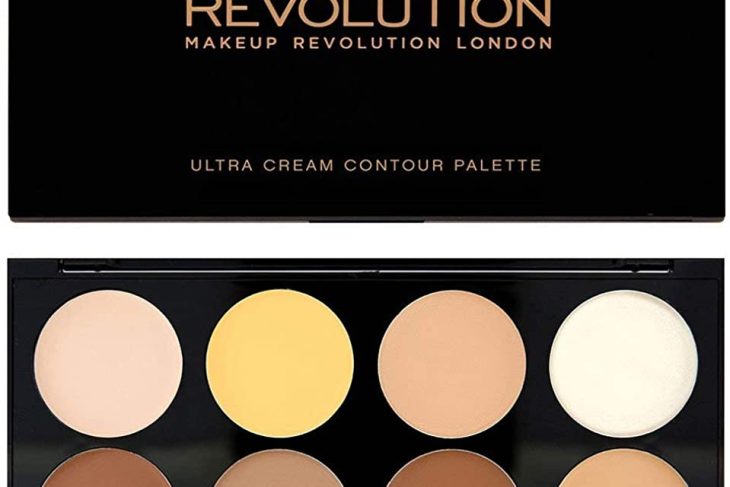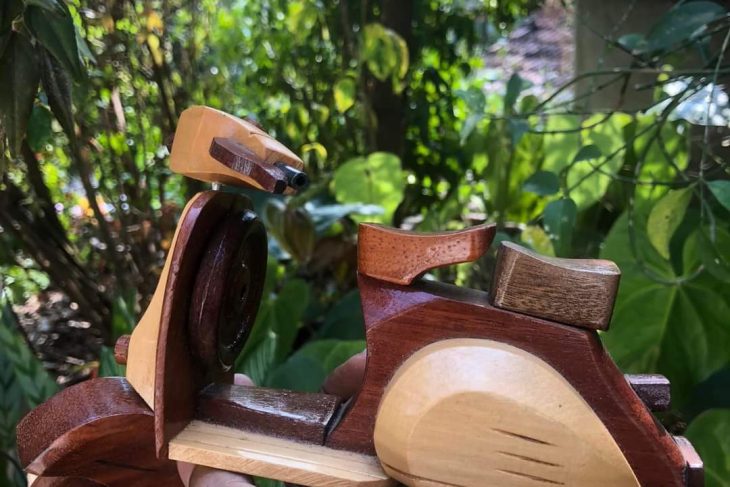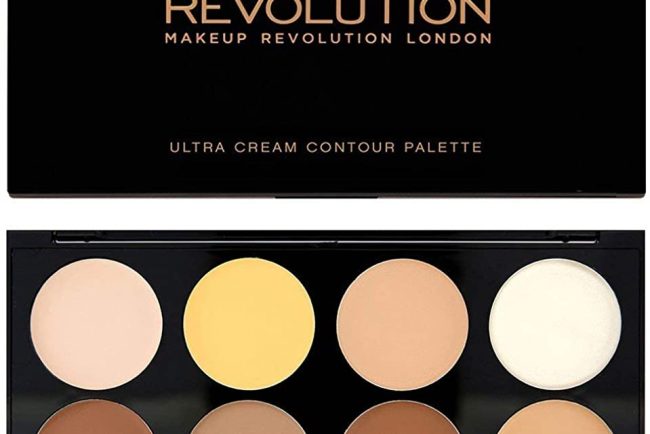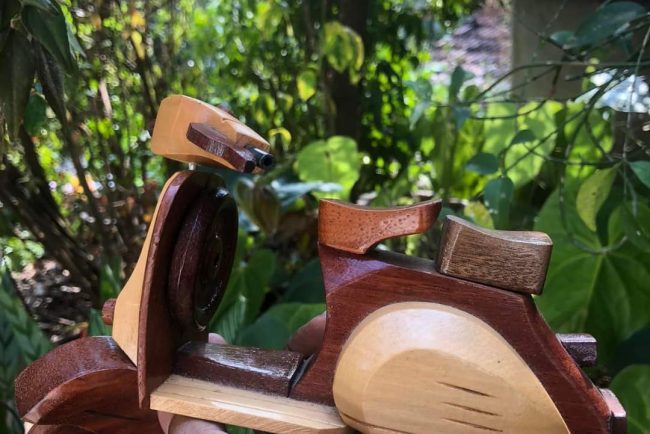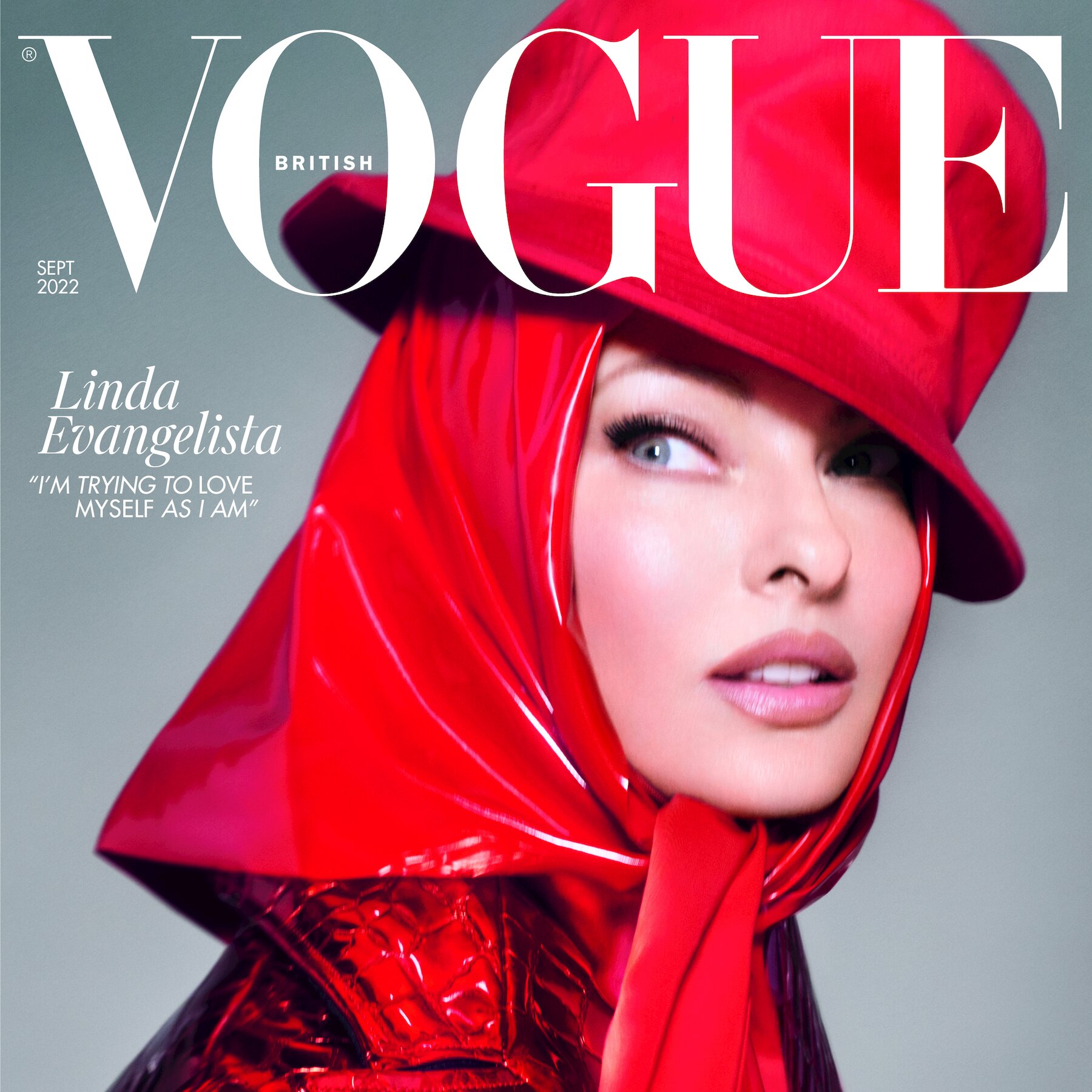

Linda Evangelista and the Fantasies Fashion Sells
If you’re a fan of fashion, you probably know who Linda Evangelista is. She’s one of the most iconic supermodels of all time, who famously said she wouldn’t get out of bed for less than $10,000 a day. She graced countless magazine covers, walked on every major runway, and starred in some of the most memorable ads and campaigns of the 80s and 90s.
But what you may not know is that Linda Evangelista is also a master of transformation. She changed her hair color and style so often that she became known as “the chameleon” of fashion. She could go from blonde to brunette to redhead to black in a matter of weeks, and still look stunning in every shade. She could pull off any look, from glamorous to grunge, from classic to futuristic.
Why did she do it? Well, according to her, it was because she loved to play with different personas and fantasies. She said: “I don’t really have one look. I like to experiment with different things. I think fashion is about fantasy and illusion. It’s not about reality. It’s about creating a mood and a story.”
And that’s exactly what fashion does. It sells us fantasies and illusions. It makes us believe that we can be someone else, or a better version of ourselves, if we wear a certain outfit or accessory. It makes us feel more confident, more attractive, more powerful. It makes us dream.
But fashion also has a dark side. It can create unrealistic expectations and standards of beauty that are impossible to achieve or maintain. It can make us feel insecure, inadequate, or unhappy with ourselves. It can make us obsessed with our appearance and neglect other aspects of our lives.
So how do we balance the fantasies and realities of fashion? How do we enjoy the fun and creativity of fashion without falling into its traps? How do we appreciate the beauty and diversity of fashion without losing our sense of self?
Well, I think Linda Evangelista has some wisdom to share with us. She said: “I don’t take fashion too seriously. I think it should be fun and expressive, not oppressive and restrictive. I think it should be a reflection of who you are, not who you want to be. I think it should be a way to celebrate your individuality, not to conform to a mold.”
So let’s take a cue from Linda Evangelista and embrace fashion as a form of art and entertainment, not as a measure of our worth or identity. Let’s experiment with different styles and trends, but not lose sight of our own personality and preferences. Let’s admire the beauty and talent of models and designers, but not compare ourselves to them or envy them.
Let’s enjoy the fantasies that fashion sells us, but not forget the realities that make us who we are.